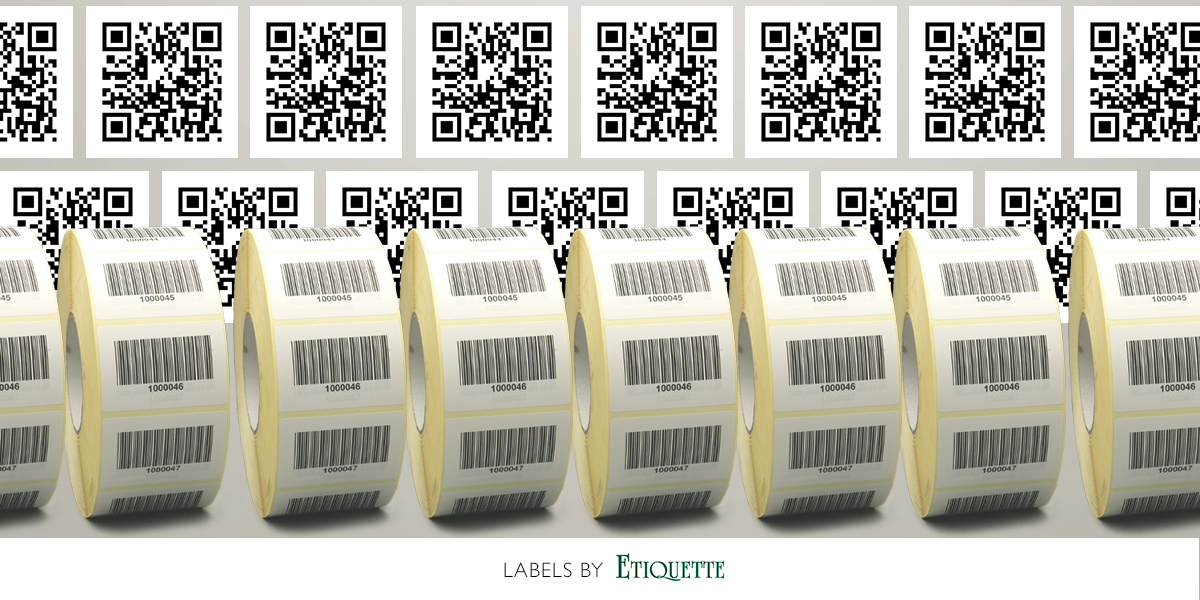We all know how barcodes are used – there are a lot of items that you can purchase in a shop, that won’t have a barcode sticker on them.
Barcode labels have been making our lives easier since 1974. Choosing the right barcode for your business is a simple process and can generally be determined by deciding what type of information you need your barcode labels to deliver and what environment they will be stored in. You might need synthetic labels if they will be stored outside and you will need special adhesive if they will go on frozen products.
With a wide variety of label solutions manufactured to survive water, chemicals, abrasion and weathering, depending on the labels destination, your pre-printed barcode labels will stand up to environmental challenges for the life of your product. With the right kind of label design software – like Labelview – making barcode labels won’t be hard. Barcodes are a key piece in your labels design and a faulty barcode can project the wrong type of image for your company. Not only can we help you with the design side of your labels, but we can also supply you with industrial and desktop label printers.
But when you’ve got all that sorted – what is the need for QR labels? How can QR labels help your product? What do you need to read the QR label?
Using a QR code to provide additional information about your product is a great way to free up space on the labels, sharing nutritional facts, reviews, or even some sort of video or backstory about you or your product.
QR code can help you spread the word – you can create a landing page that will enable people to tweet about the product, share it on Facebook and even connect with your brand itself. Also, with a QR code, you can take your customer directly to a page that will enable them to purchase your product. For example – if you see an item while visiting a friend with a QR code, you can easily and quickly find a way to purchase it immediately and without any hassle.
The data contained by a QR code can be anything from simple text, to email addresses, to phone numbers and so on. QR codes storing addresses and URLs may appear in magazines, on signs, on buses, on business cards, or on almost any object about which users might want information, they’ve even been recently implemented into tombstones. Users with a camera phone equipped with the correct reader application can scan the image of the QR code to display text, contact information, connect to a wireless network, or open a web page in the telephone’s browser. Recently phones don’t even require a reader and you can simply use your phone’s camera as a scanner.
So while it might feel a bit redundant to put both kinds of labels the comparison – barcode labels vs QR labels isn’t really a fair one, as they perform very different tasks. While a barcode label might be a necessity, QR code will definitely enhance your customers’ shopping experience.
Would you like to know more about QR Code Labels or barcode labels – give us a call on 01978 664544 or email sales@etiquette.co.uk.
